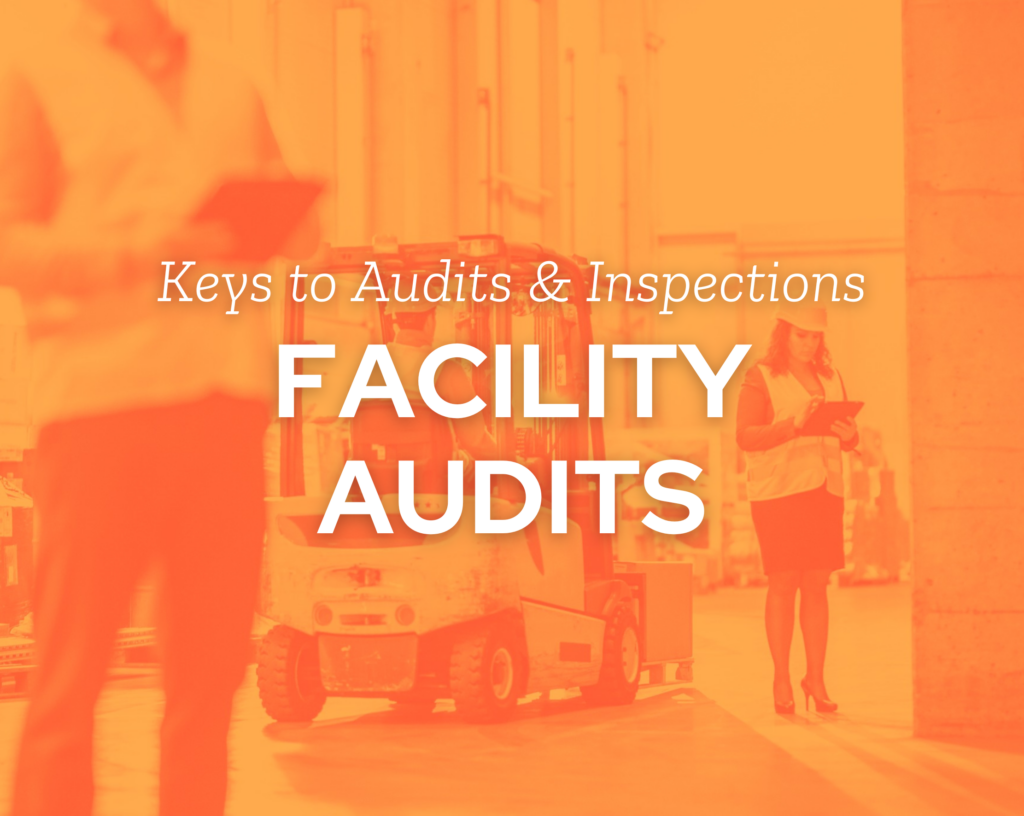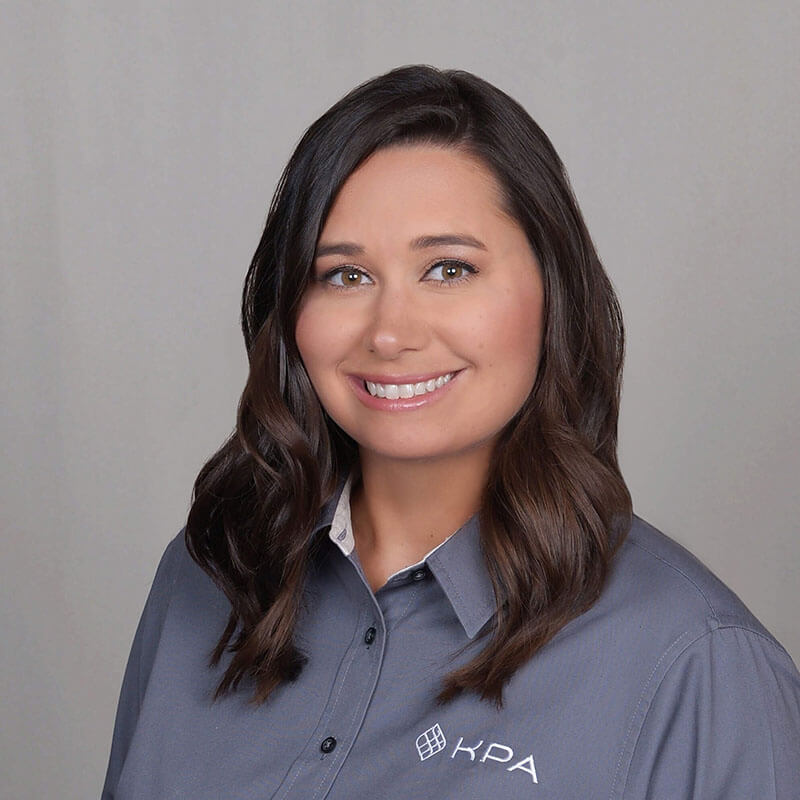Like any organizational initiative, the success of a workforce health and safety program comes down to people. A company can make a substantial investment in safety planning, management, software, and training, but it’s all in vain if individual workers and teams don’t follow through in their day-to-day jobs.
Similarly, a lack of cohesion can sink organization-wide safety efforts. If a certain facility or department—or even just one person—isn’t 100% on board with the safety program, the entire company is at risk. A single incident can result in serious injuries or loss of life, as well as 5- or 6-figure penalties and additional expenses.
This is why it’s essential to conduct facility audits.
What is a Facility Audit?
A facility audit serves as an in-the-weeds, department-by-department investigation of an organization’s physical premises, teams, and workforce behaviors.
Don’t get confused by the language here. As with a regulatory audit, a facility audit is one component of a comprehensive safety audit. In fact, it’s less of an “audit” and more of an inspection. Unlike a full audit, it’s something an organization can perform on its own, without the aid of a third-party expert.
When an expert is brought in, facility inspections are usually the second phase of a safety audit. After evaluating overall compliance with the Occupational Health and Safety Administration, the Environmental Protection Agency, and other regulatory authorities, an auditor will drill down to look for more specific, targeted concerns.
Here are some issues KPA’s safety consultants focus on when conducting facility audits.
Regulatory Compliance, Equipment, and Documentation
The same regulations don’t apply to every department. Different teams perform different duties, use different tools, and have different levels of risk. Auditors must therefore know which rules cover which employees and check to make sure everyone is doing their specific job safely.
The same goes for equipment such as ladders, forklifts, alarms, eyewash stations, and so forth. Teams have their own equipment, but all tools and machines need to be functional, properly maintained, and used in accordance with workplace safety laws and standards.
Documentation and communication are pivotal here, particularly in terms of documenting equipment inspections. Documentation takes different forms. Some equipment has individual tags, making it easy to note the date on it and who inspected it. Other organizations may want a comprehensive list of all equipment like fire extinguishers, so they can make notes on the list rather than each individual extinguisher.
Most inspections are visual, but some will require an employee or auditor to move the equipment around and test it for good condition.
The frequency of these inspections differs as well. Some equipment needs to be inspected daily, some weekly, some monthly, and others just annually. Some departments may have storage tanks and other on-site chemicals that have their own inspection schedules.
Again, you can manage most inspections in-house (which is really the only feasible option for daily and weekly inspections), but it’s important to periodically also conduct full, more rigorous examinations with the aid of a safety consultant or other outside professional.
Department-Specific Hazards
Moving from department to department, an inspector or auditor should scan physical environments from top to bottom, considering questions such as the following:
- Are there spills or trip hazards to note?
- What kind of equipment are employees using? Is that equipment in good condition?
- Are employees trained to use the tools they’re using, and are they using their tools safely?
- What hazards may exist in close proximity to an employee?
- Is the environment loud or distracting? (If something is bothering you while you’re walking around and completing your inspection, it probably disturbs employees who spend a lot more time within that department.)
- What’s the condition of walking and working surfaces? Are there any cracks or holes in the floor? Any damaged railings?
- Does anything require maintenance?
Employee Behaviors
Doing an inspection means plenty of moving around—walking, crouching, picking up and manipulating objects—but it also requires an auditor to pause, observe, listen, and reflect. A quick scan of an environment doesn’t tell you everything. Before moving on to the next room or department, stand still for a few minutes and take note of what’s going on. Don’t just look at the tools; watch how people use them.
An inspector or auditor needs to ask questions and engage with employees. If you don’t know how a tool works, ask people about it. In my experience, employees love talking about their jobs.
Ask workers if they have any safety issues or suggestions. Incorporating employee feedback will dramatically improve your safety program, as it makes people feel involved and invested, and improvements to the workplace benefit everyone. Plus, you just might gain some knowledge that a checklist couldn’t give you. Never forget that a facility audit also includes the people—and their behaviors—within the facility.
So far, we’ve explored regulatory audits and facility audits. Next, we’ll explore best practices for a third type of audit: accident investigations.
Don’t wait until then to get proactive about safety and workforce compliance. The combination of KPA’s software platform, EHS consulting services, and award-winning training helps organizations minimize risk so they can focus on what’s important—their core business.

